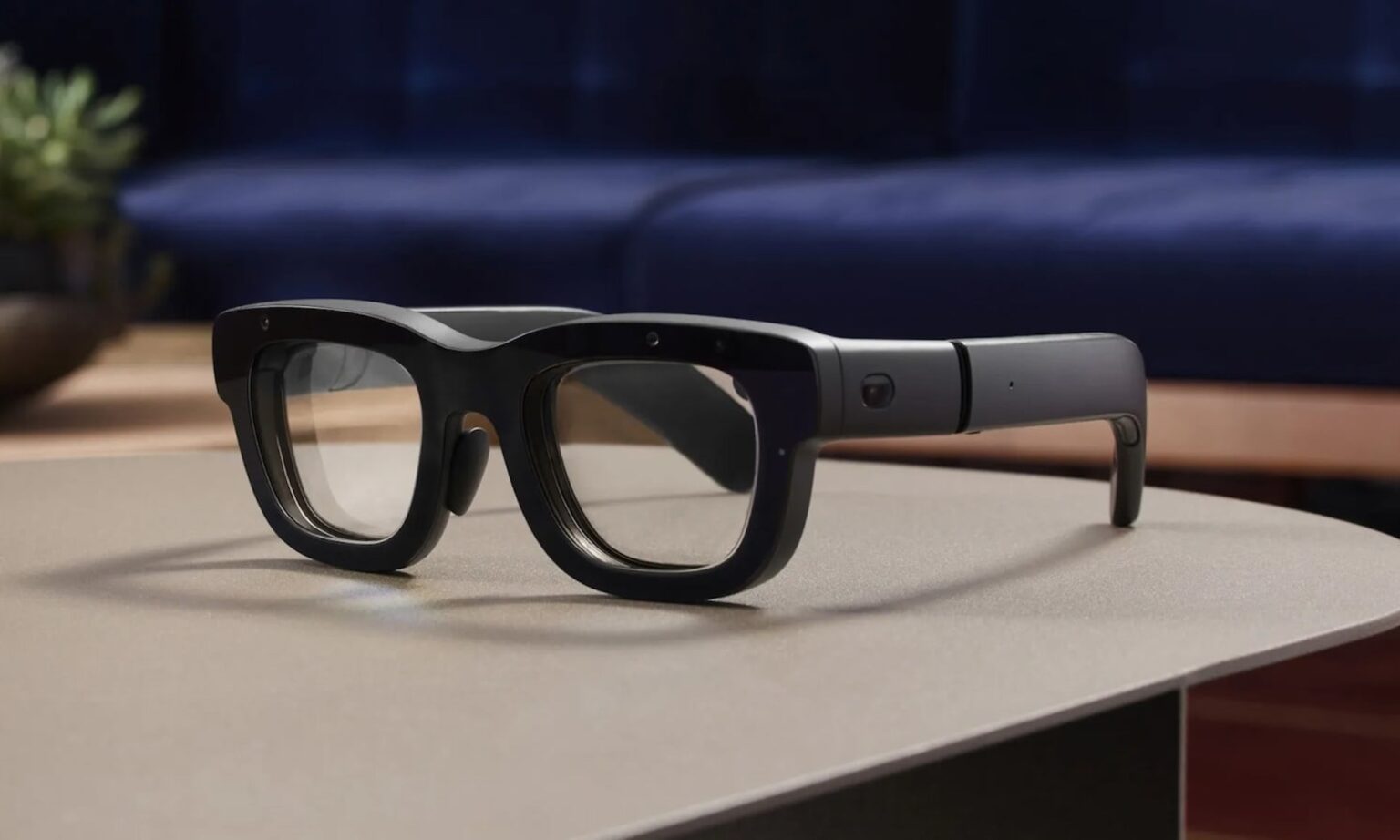When they think of the future, many people imagine a world dominated by useful and advanced technology. Meta’s newest AR goggles are the vision of that fantasy. This beautiful pair of glasses may be the start of a new, improved form of augmented reality. However, this is not the first time that Ray-Ban and Meta have collaborated. The new model, nicknamed Orion, is the third model. The first two models already boasted voice recognition capabilities and a built-in camera, which allowed them to be integrated into the Facebook and Instagram platforms. However, to look at the prospects of this technology and its capabilities, we need to look back at the recent history of AR. Although augmented reality has been in development since the mid-twentieth century, some of its improvements are more recent.
AR technology has been prototyped for a long time. The first AR headset was created in 1968 by computer scientist Ivan Sutherland for military purposes and civil engineering. Augmented reality, like other technologies, including GPS, rose in popularity in 2008 and pioneered years of safety features for automotive vehicles. Recently, AR technology has been increasingly compared to VR since both create virtual experiences that deviate from the real world. However, there are some differences between AR and VR.
First, AR does not allow the user to choose the look and feel of their outside environment. A monumental VR device that does this is the Meta Quest Series, which has apps such as Metaverse. In recent years, this app has gained popularity, boasting over 400 million active users every month. Even though it has existed for a long time, AR is still being developed, and no quality products entered the market… until one machine changed the game.
In 2023, the Apple Vision Pro took the long-running market by a maelstrom. With its quality AR app browsing capabilities built upon the interface and tools invented by some Meta headsets, the Apple Vision Pro brought the world a high-quality AR device. However, after the first few months after its release, it became yet another AR device that sat on the shelves of many technology-lovers indefinitely. It joined other devices such as the Google Glasses, which were released in 2014, and now, almost 10 years later, Google is discontinuing some of its Enterprise Edition Glasses.
Even though AR and VR haven’t been in the spotlight for long, major companies continue to push for more advanced technologies. Recently, rumors have started of a possible ‘Apple Glass,’ wearable glasses that utilize AR technology to offer an immersive VR experience. However, unlike Google Glass, they would use a new type of lens technology, the metalens. Unlike the small screen in the corner of Google Glass, the Metalense is a new type of lightweight technology that can completely replace the heavy lens that all AR and VR devices have due to technological constraints. Then there are the Orion Glasses.
The Orion Glasses, announced in Summer 2024, are lightweight technology with a neural wristband that essentially gives the glasses the same capabilities as a virtual reality headset. Meta CEO Mark Zuckerberg has appeared on internet podcasts advertising the company’s new glasses. While its technical specifications are not disclosed, it’s clear that Orion has a bright future and a chance to reinvent the AR space.
Sources
header image from thegadgetflow.com/blog/orion-true-ar-glasses/
www.cnbc.com/2024/09/05/qualcomm-working-on-mixed-reality-smart-glasses-with-google-samsung.html
www.cnet.com/tech/computing/i-wore-metas-orion-ar-glasses-a-wireless-taste-of-a-neural-future

 Why Hamster Balls Are Actually Harmful
Why Hamster Balls Are Actually Harmful